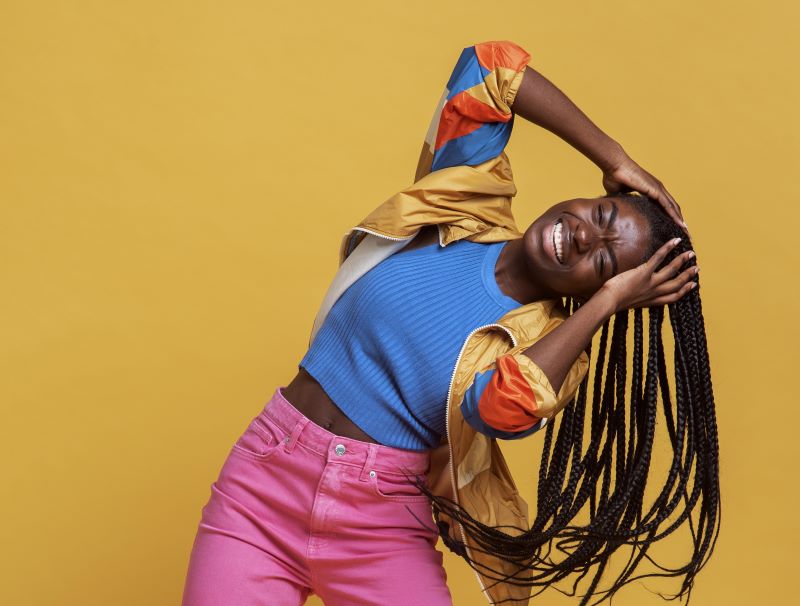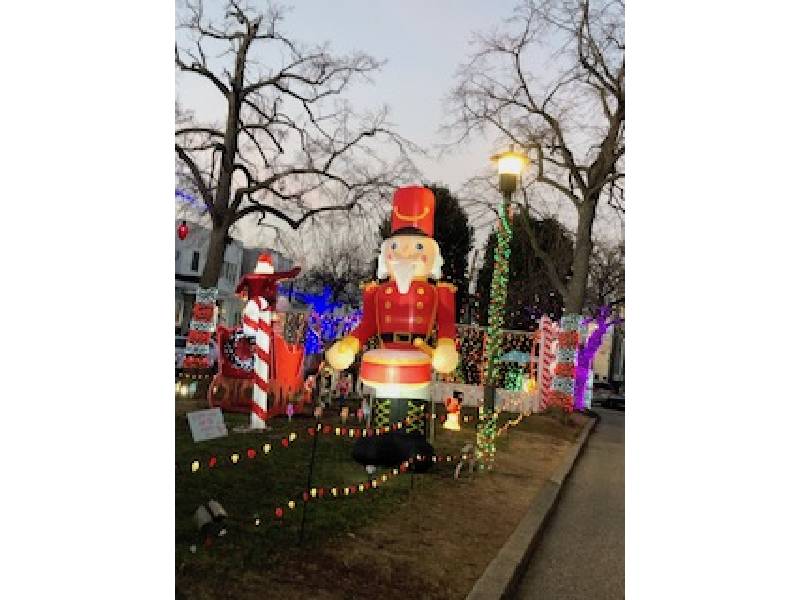Dance has always been woven into the fabric of African life, reflecting the soul of a continent. Whether it’s a traditional dance to honor ancestors or a modern dance to the latest Afrobeats hit, dance is moving and grooving. It’s a way to express yourself, connect with others, and celebrate life.
The African continent has always been a rich tapestry of diverse cultures, and when it comes to dance, every tribe and nation has its unique groove.
African music and dance have always been a force to be reckoned with. They have taken the world by storm, captivating audiences with their infectious rhythms and energetic moves. In recent years, several African dance styles have transcended borders, captivating audiences and inspiring millions to move to its infectious rhythms. Many artists have even mastered the art of creating dance moves that capture the attention of their audience and can make anyone want to join in. The moves are usually easy to learn, but dancers can add their style to make them cool.
These vibrant dances, from the storytelling Azonto to the energetic Kukere, have not only entertained but have played a key role in bridging the gap between the homeland and the diaspora, fostering a sense of cultural unity among Africans worldwide.
Why is African Dance so Popular?
African dance is popular because it is real, energetic, and connects people. It’s got a unique rhythm and style that’s hard to resist. The global appeal of African dance lies in its authenticity and strong cultural roots. Recall how the world was vibing to Jerusalema by Master KG during the COVID-19 pandemic. It showed us how powerful African rhythms can be in bringing people together, even during tough times. This is a perfect example of the global appeal of African music and dance. These trends are more than just dances; they’re platforms for self-expression and connection, allowing individuals to let loose.
Renowned international celebrities are also incorporating its vibrant energy and rhythmic complexity into their performances and music videos. An example is Beyoncé’s visual album Black Is King which showcases various African dance styles, making them known to a wider audience and celebrating their beauty. We also see Childish Gambino performing the famous Gwara Gwara dance in the video of his song “This is America.”
Several factors contribute to the global appeal of African dance. They include infectious rhythms, which make it impossible not to move, expressive and dynamic movements, which convey a wide range of emotions, and cultural traditions which often reflect the values and beliefs of the people.

Image Source – Screenshot from Azonto music video on Youtube
African Dance Styles Redefining the Global Dance Scene
From the vibrant rhythms of South Africa to the energetic beats of West Africa, several dance styles have crossed geographical boundaries, captivating audiences globally with their infectious energy. These are some of the African dance styles that have got people from all over the globe shaking their bodies.
Azonto: The Azonto dance craze rapidly took over Ghana and African diaspora communities abroad in 2011. The basic movement involves one leg planted while twisting the other leg on the ball of your foot to the beat. It is characterized by intricate hand gestures and facial expressions to communicate whatever the dancer desires.
Shaku Shaku: From the streets of Agege in Lagos, ‘Shaku Shaku’ shot into the global limelight. While its exact origins are disputed, the dance reached international fame with the release of Mr. Real’s street anthem Legbebe. The dance is similar to Psy’s 2012 hit, ‘Gangnam Style’. It is performed by crossing your arms in front of each other and the wrists, widening your legs slightly, and launching into a graceful half-gallop. In freestyling, the hand is pulled back as if answering a phone and then brought back to the outstretched position in a repeated motion.
Zanku (legwork): The Leg Work/Zanku era remains unforgettable. Just as “Shaku Shaku” dominated the dance scene in late 2017, this new dance trend unexpectedly emerged in 2018, captivating audiences worldwide. Originating from the streets of Lagos, Zanku’s influence transcended borders, inspiring dancers and artists globally. The dance involves fast-paced movements of just about every part of the body, including the legs, hands, and chest to create rhythmic patterns and dance sequences.
Gwara Gwara: Who can forget the Gwara Gwara dance which reigned mightily a few years ago? The dance was made popular by South African artist, DJ Bongz. It involves rolling and swinging the arm and the elbow in terms of making a circle, and one of the legs moves in connection with the arm’s rhythm. It has some similarities to the Stanky Leg. The dance move was heavily imitated by people around the world mainly during 2016. It spread globally as the choreography was adopted by notable musicians like Rihanna who used it while performing Wild Thought at the 60th Annual Grammy Award in 2018.

Image Source – Twitter / @Zalebs
Amapiano: Amapiano (Zulu for “the Piano”) is a style of fire music that emerged in South Africa in 2012. The emergence of this genre sparked the Amapiano dance style, which features quick-step moves and body popping. Its unique sound and energetic dance styles have captured the attention of global audiences, especially on platforms like TikTok, where dancers are getting involved in viral trends pioneered by Amapiano dance styles. Amapiano has created trending dance moves such as ‘the pouncing cat’, ‘the Zekethe’, and the famous ‘Dakiwe challenge.’ These challenges have played a significant role in popularizing the genre, with people from all over trying to master the steps.
Tshwala bam: Musicians TitoM and Yuppe dropped their wildly popular amapiano hit Tshwala Bam, featuring S.N.E and EeQue in 2024. Since then, the dance style has been trending on different social media platforms with #tshawalabamichallenge on TikTok, Instagram, and Facebook. The Tshwala Bam dance is characterized by upper-body movements and intricate footwork. Several social media users, including celebrities and content creators, have jumped on the trend, trying to showcase how well they can do the dance. Notable figures such as Tyla, Kai Cenat, and Jason Derulo alongside Beyoncé’s dancers, the Les Twins, have been spotted doing the Tshwala Bam move.

Image Source – TikTok / Jason Derulo
Ndombolo: This popular Afro-dance style has been around for a long time (as far back as the 90s) and is still very much alive and evolving with the times. It originated from the Democratic Republic of the Congo and is common in Central and East Africa. The Ndombolo dance involves movements of the waist, hips, and legs and was popularized by artists like Koffi Olomide and Awilo Longomba.
From the smooth and sensual movements of Amapiano to the dynamic and energetic Gwara Gwara, these African dance styles are not just viral sensations, but a reflection of the continent’s rich culture. These dance styles are taking over dance floors and social media feeds in every corner of the world. In this digital age, platforms like TikTok and Instagram have become vessels for amplifying the global reach of these dances, which have bridged continents, transcended languages, and united people through the universal language of movement.





